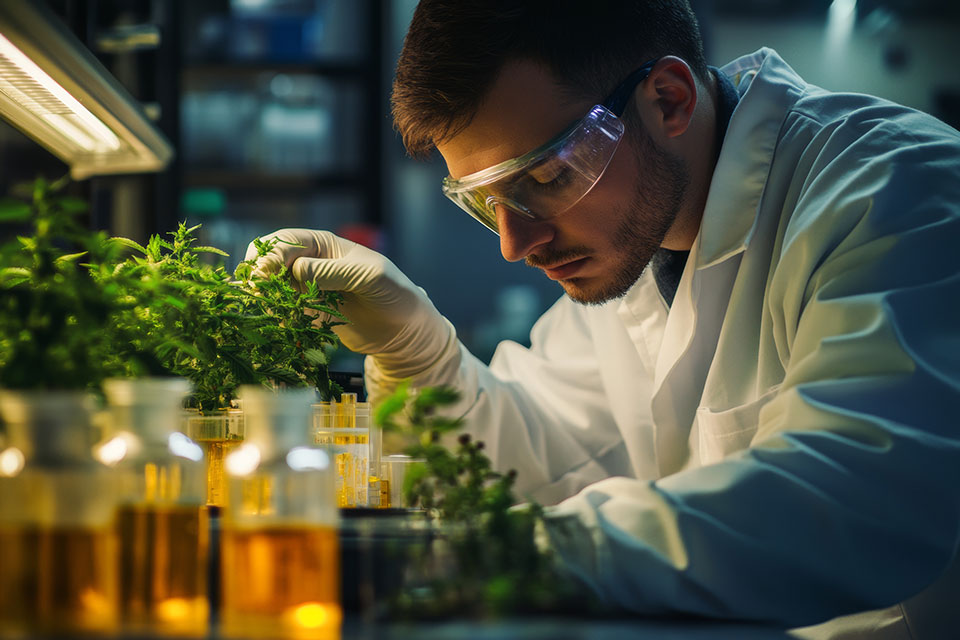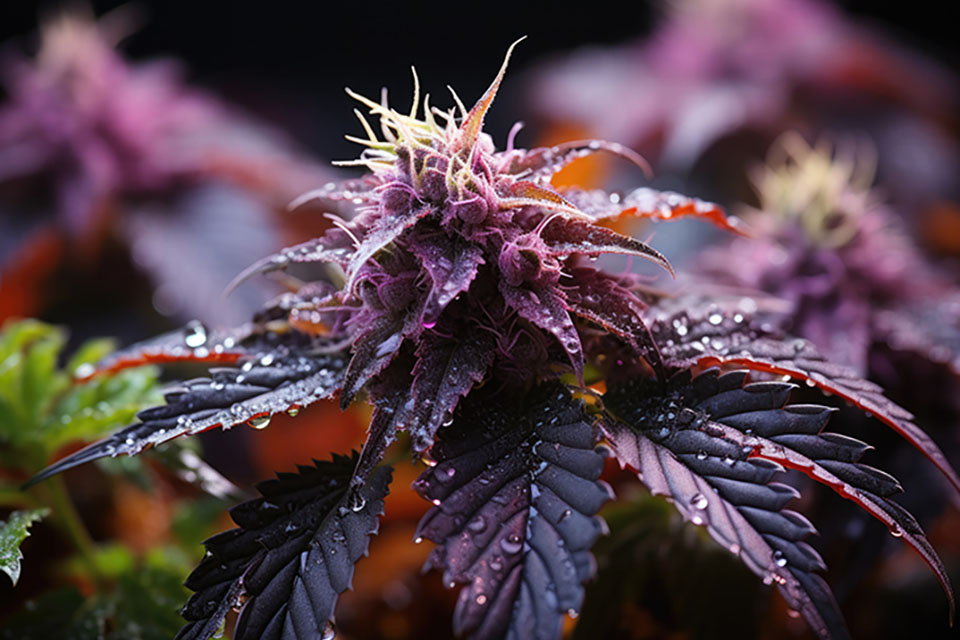
For cultivators, understanding cannabis tissue culture can significantly enhance crop quality and yield. This technique ensures healthier plants and consistent genetics. Learn why this method is crucial for modern growers, offering benefits like disease-free plants and robust clones. Whether you’re just starting or have years of experience, these insights will help you cultivate thriving cannabis cultures.
The Cannabis Tissue Culture
Cannabis tissue culture is a modern technique for propagating plants by cultivating plant cells or tissues in a sterile, nutrient-rich setting. This approach allows growers to produce numerous plants from minimal plant material, ensuring uniform genetics and robust health. Unlike traditional methods that rely on seeds or cuttings, tissue culture offers a controlled environment that significantly reduces the risk of diseases and pests.
The advantages of tissue culture over conventional growing methods are substantial. It enables rapid plant multiplication, allowing for efficient scaling of production. The sterile conditions greatly minimize contamination risks, which is crucial to maintain plant health and maximize yield and potency. Tissue culture also helps preserve and propagate rare or valuable strains, ensuring that specific genetic traits are consistently passed on.
Essential Equipment and Materials for Cannabis Tissue Culture
Starting with the right equipment ensures a successful cannabis tissue culture. A clean workspace is crucial, so consider investing in a laminar flow hood or clean bench. These tools filter the air, keeping your culture free from contaminants.
Sterilization is another important step. A pressure cooker or autoclave will help sterilize your tools and culture media, ensuring they remain free from harmful microorganisms. Sterilized culture vessels, such as petri dishes or glass jars, are necessary for housing your plant tissues.
The culture medium is the lifeline for your plant tissues, providing essential nutrients and hormones. Depending on your comfort level, you can buy it pre-made or mix it yourself. A scalpel or sharp blade is needed for cutting plant material, and it should be sterilized before each use to avoid contamination.
Finally, maintaining the right pH level is crucial for plant health. Use a pH meter or strips to keep the culture medium between 5.8 and 6.0, which is ideal.
Step-by-Step Guide
Starting cannabis tissue culture might seem challenging. However, breaking it down into simple steps can make it manageable.
1. Preparing the Culture Medium
The culture medium is the nutrient-rich solution that supports plant tissue growth. Choose a medium specifically for cannabis, containing the necessary nutrients. Sterilize it using an autoclave or pressure cooker to prevent contamination. Keep everything sterile, as even a small amount of contamination can ruin the culture.
2. Selecting and Preparing Plant Material
Look for healthy, disease-free plants with traits you want to replicate. Once chosen, sterilize the plant material to remove surface contaminants. This usually involves a mild bleach wash, then a rinse with sterile water. Proper sterilization is key to preventing microbial growth that could impede tissue development.
3. Initiating Cultures
With the plant material ready, it’s time to start the cultures. Use sterilized tools to place the plant tissue into the culture medium, ensuring it’s fully submerged and correctly positioned for growth. Maintaining sterility during this step helps avoid contamination that could jeopardize the culture.
4. Monitoring and Maintaining Cultures
After initiating, regularly monitor the cultures. Watch for signs of contamination, like discoloration or unusual growth, and remove any affected cultures immediately. Monitor temperature, light, and humidity to ensure they remain optimal for healthy growth. Regular checks and adjustments will support the development of your cultures.
Expert Tips for Successful Cannabis Tissue Culture
Even with a good grasp of the basics, cannabis tissue culture can be tricky. Here are some expert tips to boost your success:
- Start small: Begin with just a few cultures to hone your skills. This way, you minimize the risk of losing large batches to contamination or mistakes.
- Maintain a sterile environment: Keep your workspace and tools spotless. Use alcohol wipes and sterilize everything before and after use. Wearing gloves and a mask can further reduce contamination risks.
- Be patient and observant: Tissue culture demands patience. Regularly check your cultures for any changes and be ready to act quickly if you spot contamination or poor growth.
- Optimize light and temperature: Ensure your cultures get enough light, but steer clear of direct sunlight, which can be too harsh. Keep the temperature steady around 70-75°F for the best growth conditions.
- Record your process: Document your procedures, including the types of culture media used, environmental conditions, and any adjustments made. This record can help pinpoint successful strategies and avoid repeating past errors.
- Seek expert guidance: Don’t hesitate to reach out to experienced growers or online forums for advice. Learning from others can offer valuable insights and shortcuts to success.
Cannabis Tissue Culture for Near-Perfect Plants
Cannabis tissue culture tips from the experts provide growers with a powerful way to cultivate healthy, uniform plants with consistent genetics. Master the process, invest in the right tools, and apply expert tips to tackle common challenges and achieve successful cultivation. Embrace tissue culture’s potential to elevate your growing practices and enjoy the rewards of robust, high-quality cannabis crops.



